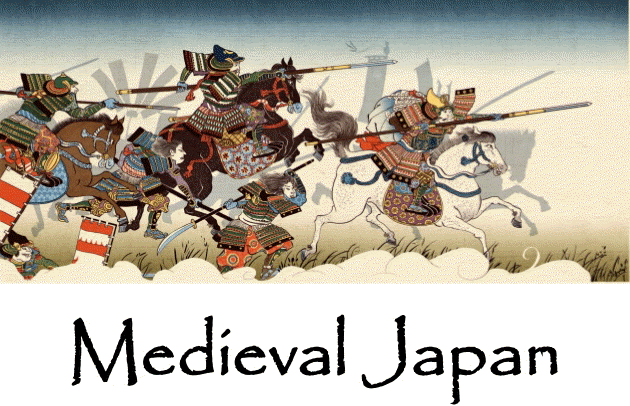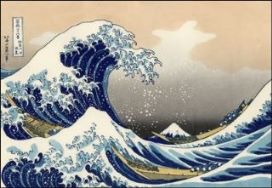|
How did the geography of Japan affect its society?
The geography of Japan greatly
affected its society through the connections people had to the
land and natural resources of the country.
The geography influenced their religion and cultural beliefs as
well as their food.
Except for forests, which cover 55 percent of its land, Japan is
poor in natural resources.
-
This has forced its people to be resourceful traders and
manufacturers.
Their natural resources were limited to wood and stone for
energy and building materials.
Because of earthquakes in their area
the architecture of their houses was a light wooden design.
As a group of islands, Japan was isolated from the rest of Asia.
-
This isolation has had two main results. For one thing,
it has led to fewer invasions of Japan, thus creating less need
for a strong central government.
It has also let Japan pick and choose the influences it has
taken from other cultures, in particular China, since it is
close enough to the continent to absorb foreign influences, but
isolated enough to be able to reject the aspects it does not
want.
For example, the introduction of Buddhism 552 B.C.E. and
the Chinese system of writing from 600 B.C.E.
The restricted amount of available farmland, forced Japanese peasants to intensively cultivate what little
land is available.
- This has led to both a crowded and
necessarily cooperative society that values the group,
good manner and ritualised ways of behaving, loyalty,
and obedience to authority over the rights of the
individual.
The introduction of Confucianism after 400 C.E., with
its emphasis on strictly defined social roles, further
reinforced this trend.
Its mountainous topography
influenced their early religious beliefs, where and how
Japan's people earned their livings.
- It also isolated
different groups and encouraged the development of
feudal warlords.
The religions, specifically Shintoism, were greatly
influenced by the elements and natural resources of
Japan. |
 |
The land is very mountainous and not suitable for farming, so
many people relied on fishing from the surrounding oceans as
their main food resource.
Such as shellfish, seaweed, and fish.
http://japanundertheshogun.weebly.com/geography-of-japan.html
http://www.flowofhistory.com/units/asia/9/FC59
3. Print off and complete the following activity that explains the main ways the
geography of Japan influenced the Japanese society and culture.
Chart Activity. The above
information will help you.
4. Print off and label the different features on this
blank map of Japan. Use the
information from the map provided above and your own research.
Lightly colour the map and paste it in your book.
|



